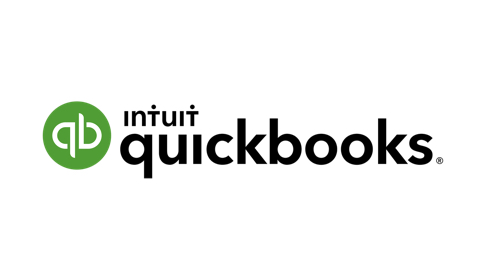QuickBooks Online Financial Dashboard
Created by: Malartu
Standard financial statements are overwhelming to the average business owner, but understanding them is critical to success. Wow your team by using this template to visualize data from your three financial statements: Profit and Loss, Balance Sheet, and Statement of Cashflow.
About the Board
This template is designed to give businesses who use QuickBooks a quick view of fundamental KPIs from Income Statement and Balance Sheet data. With this board, business owners will gain an understanding of:
What opportunity do I have to increase my profitability?
What is my breakeven point?
How likely am I to qualify for a new bank loan?
How have my revenue, gross profit, and EBIT growth rates changes over time?
Uses

About the Template Author
Malartu is an automated reporting and business intelligence platform for accountants, business advisors, and consultants to generate insights from client and portfolio data and grow their business.
Featured Insights from Malartu
Learn exactly what key performance indicators simplify your franchise business into a matter of numbers and figures.
As your business begins to open back up, understanding short-term cashflow is more important than ever. Lucky for you, we've put together a simple Google Sheet template to help you build a short-term forecast (more below).
In a survey conducted by Bloomberg, nearly 97% of respondents reported their companies have adopted analytics. The three most popular goals were the ability to reduce costs, increase profitability and improve risk management.
In this post I’ll address four common objections to offering advisory services and a simple explanation to why those objections aren’t entirely reasonable.
Leading indicators best represent the business’s headlights and tell you where the company is going and what obstacles to watch out for. By the time your financial statements alert you to an issue, it’s too late, but by mixing certain operational data points with financial data you can provide leading indicators for your team to avoid pitfalls.
Setting a pricing strategy is arguably the most intimidating process for any new advisor. It’s complicated and scary enough that there are pricing consultants to help you price… your consulting services. Let’s simplify this a bit. The fact is, everyone has a maximum amount they are willing to pay for a good or service. It’s your job to get as close to that as possible.
Alan Weiss, author of Million Dollar Consulting (which I highly recommend reading), describes a consultant as someone who has a unique set of skills and talents that help to create the value-adding components that their client’s businesses lack.
Like any other undertaking, building a valuable advisory service offering means you need to make a plan.
Consolidated financial statements are often required by banks and investors and prove crucial in estimating tax expense. Unfortunately, the process of creating these statements is often long and tedious.
A popular question I get from accountants looking to make the transition is around pricing advisory services vs compliance work since it’s vastly different in nature. It’s unfamiliar territory: compliance work is typically more task-oriented and advisory tends to be a bit more subjective (although it shouldn’t be, but I’ll save that for another post). As you’ve heard time and again, the answer is value-based pricing. It’s about pricing for perceived value of your services rather than marking up the cost to deliver them.









